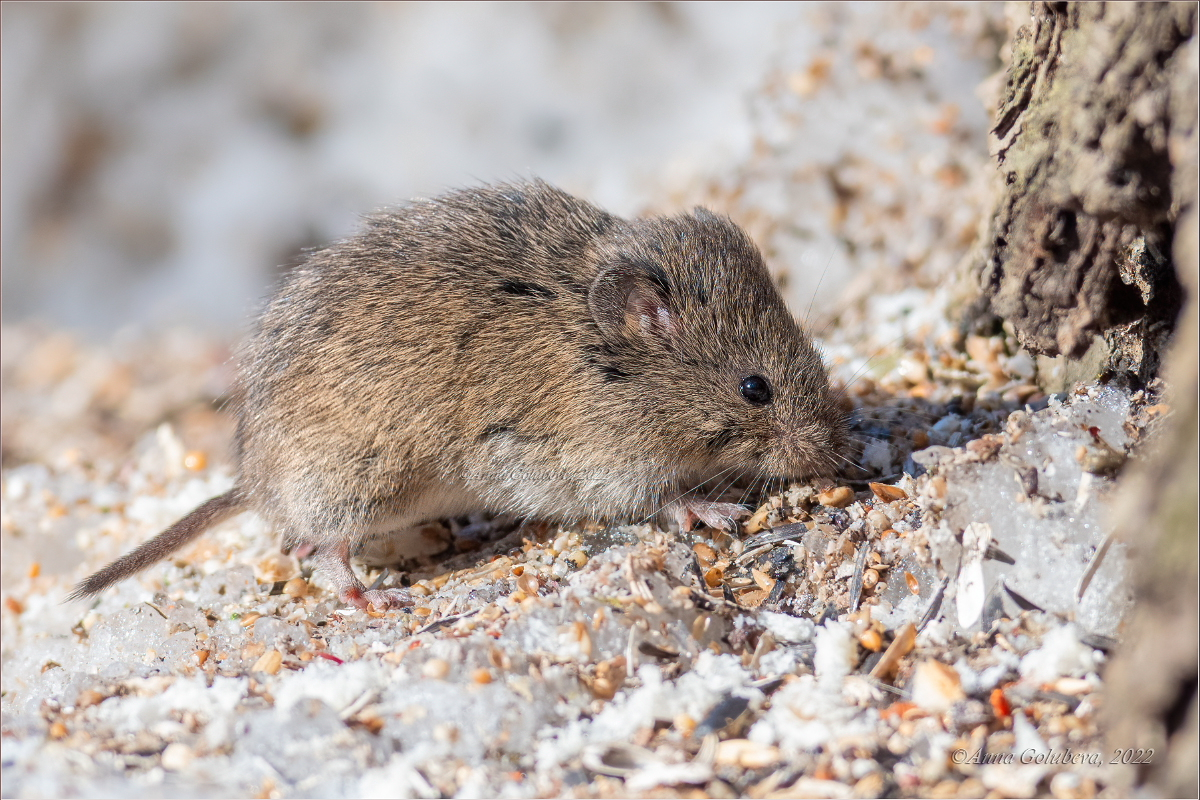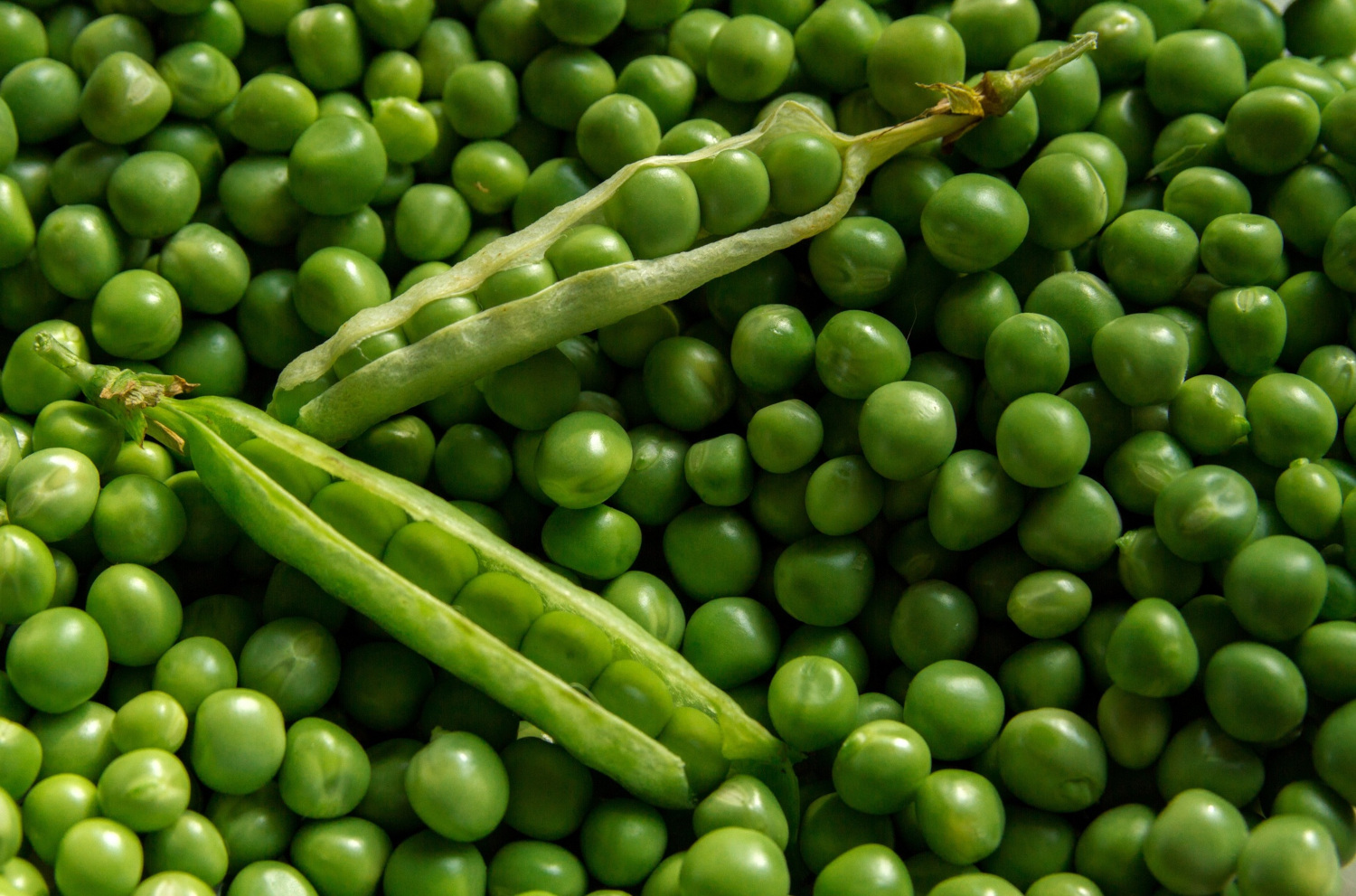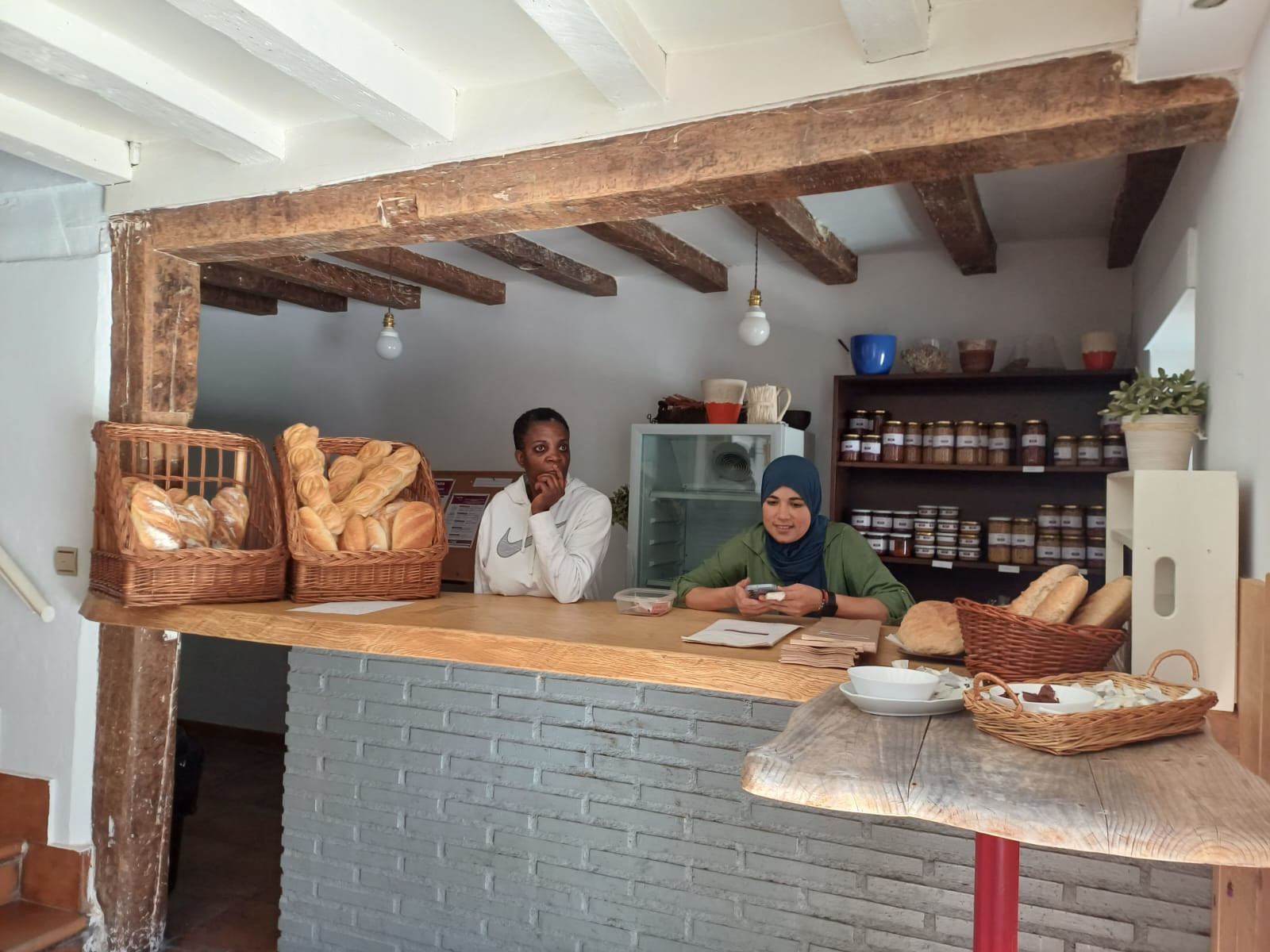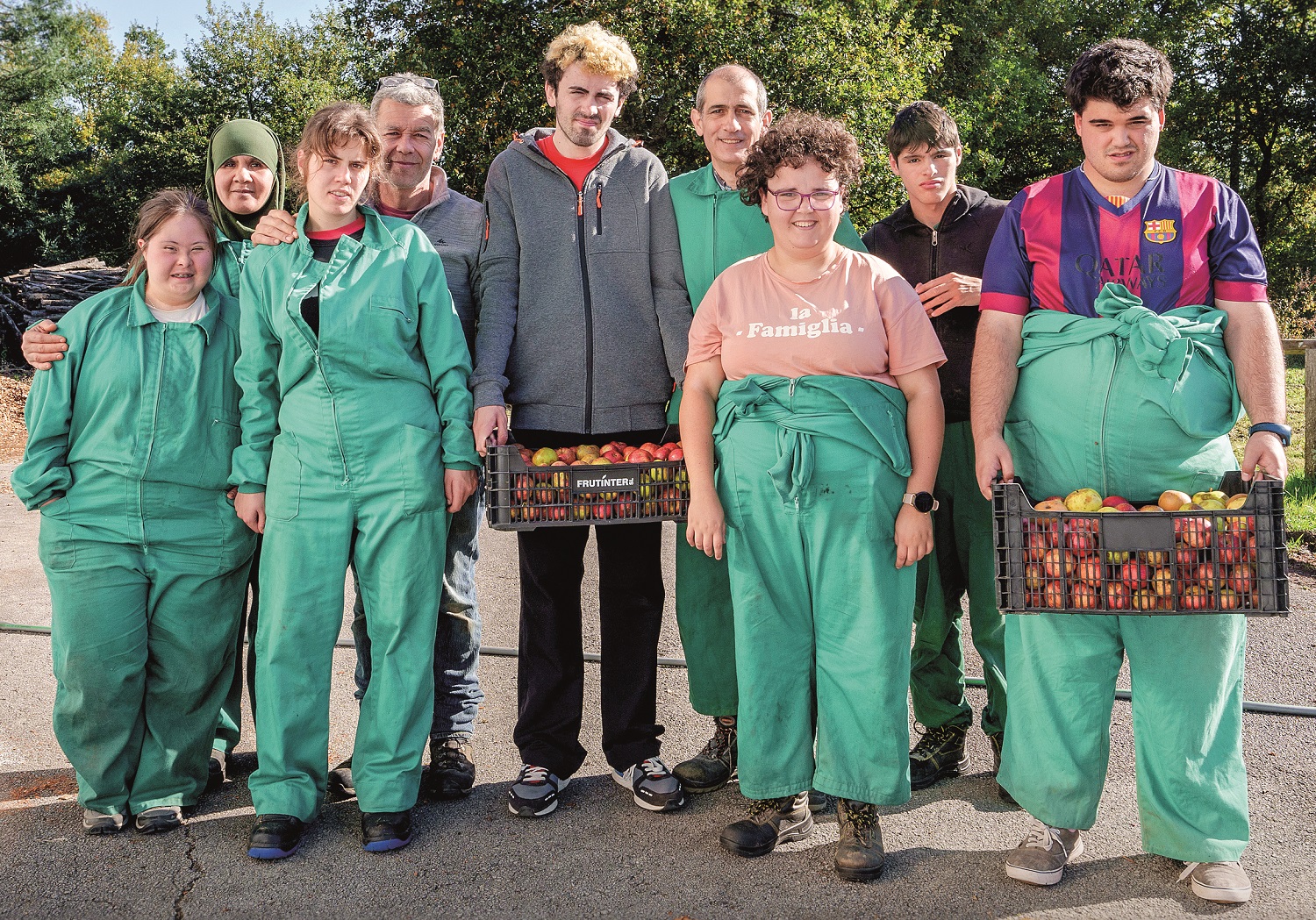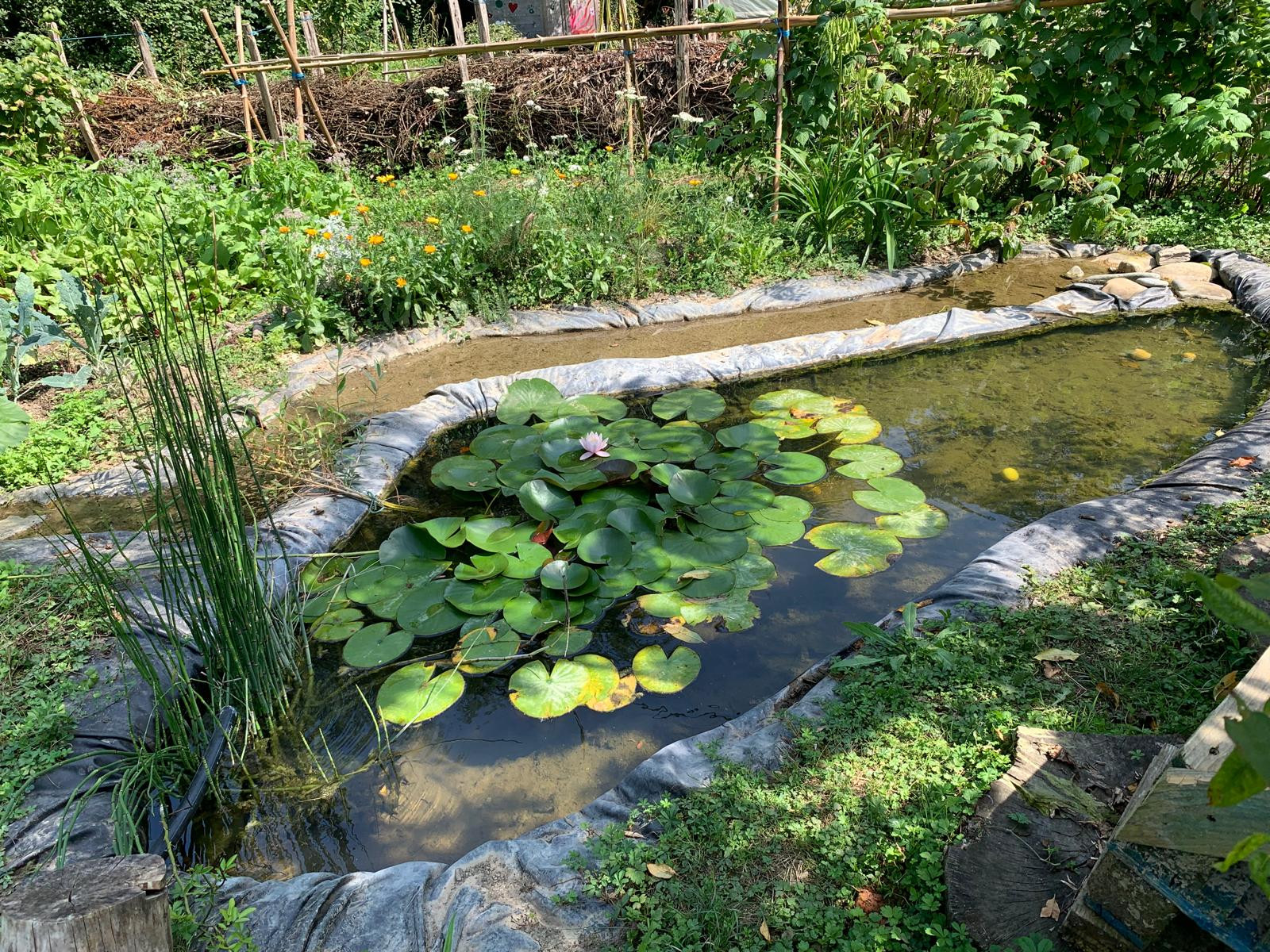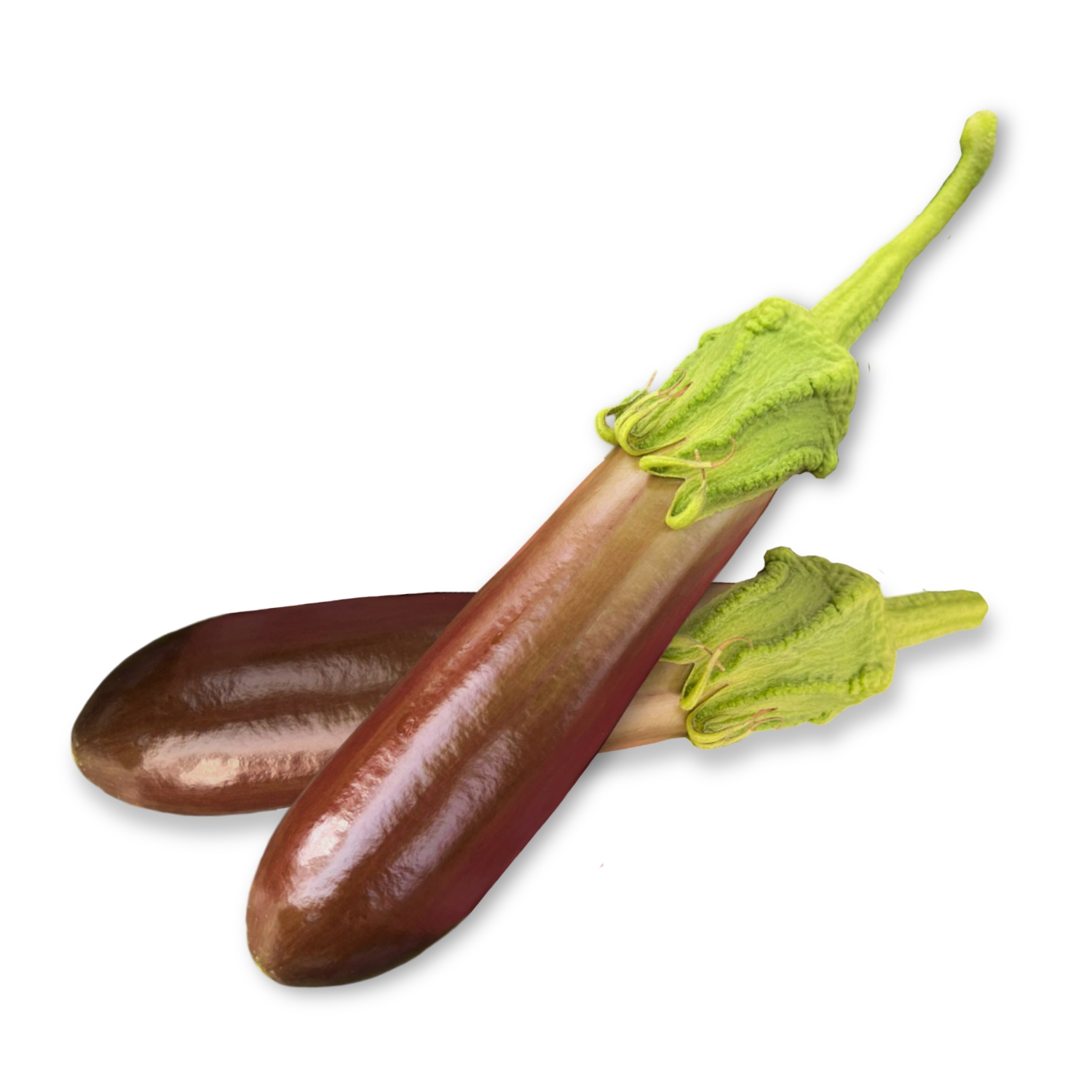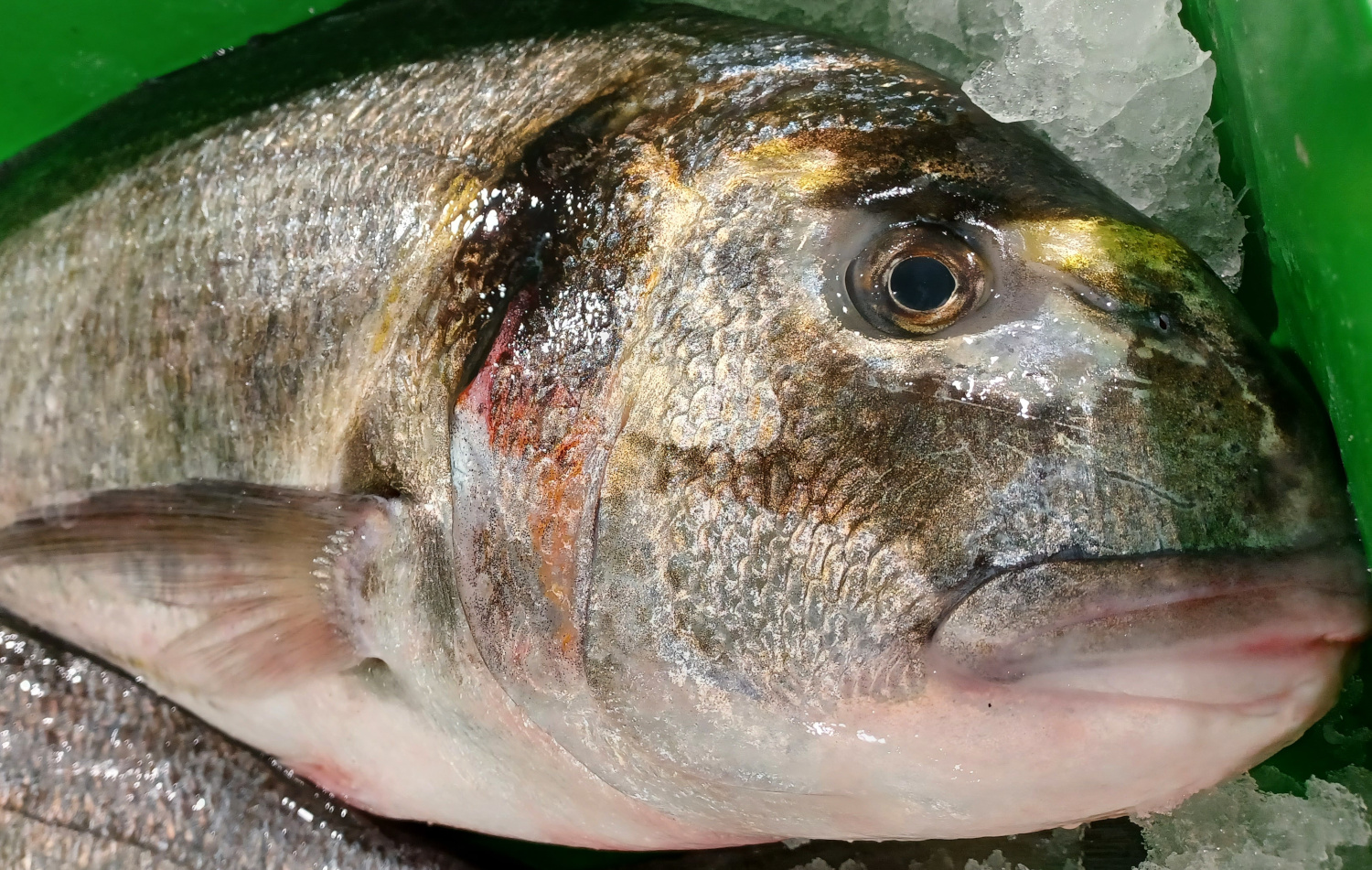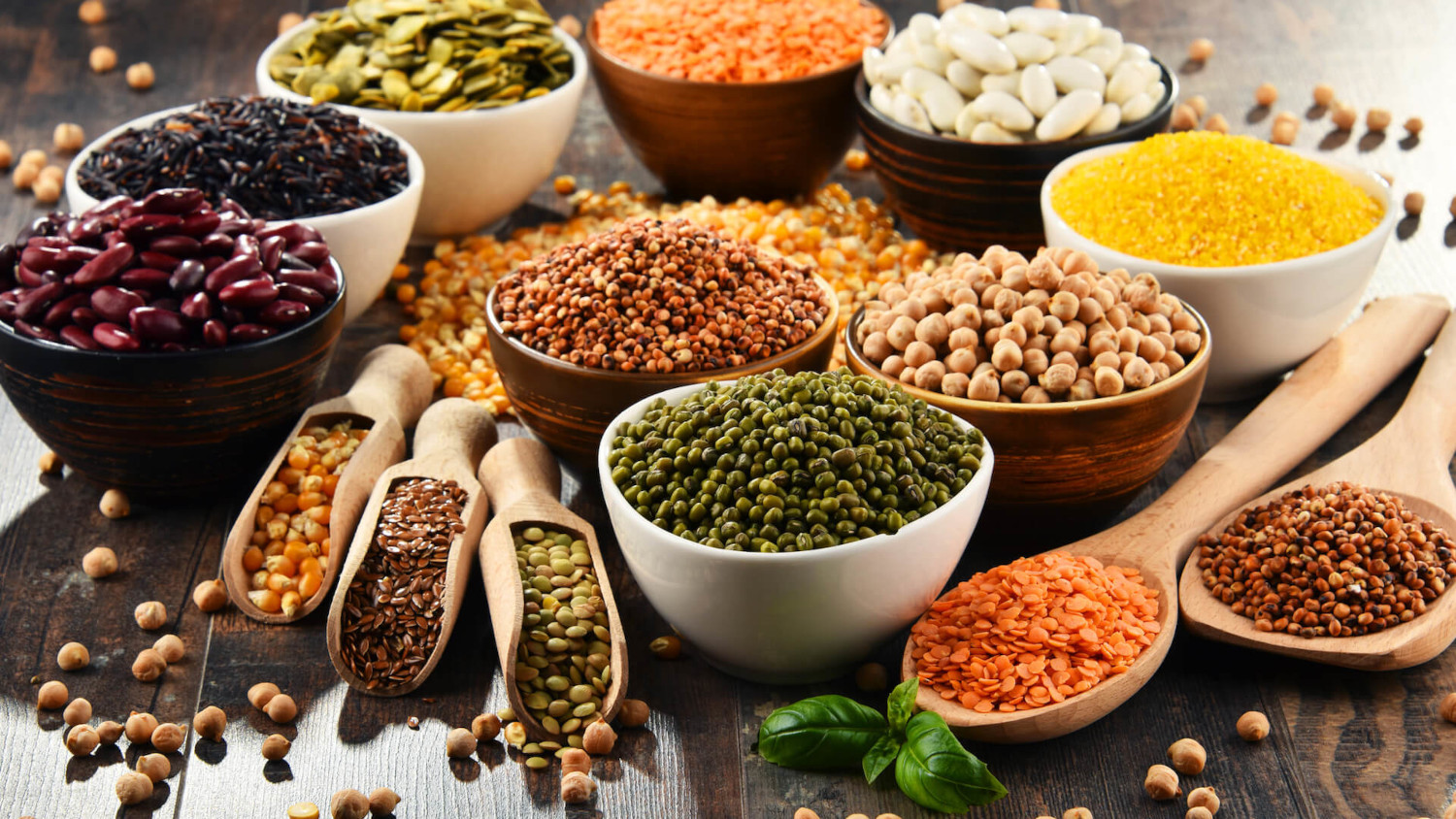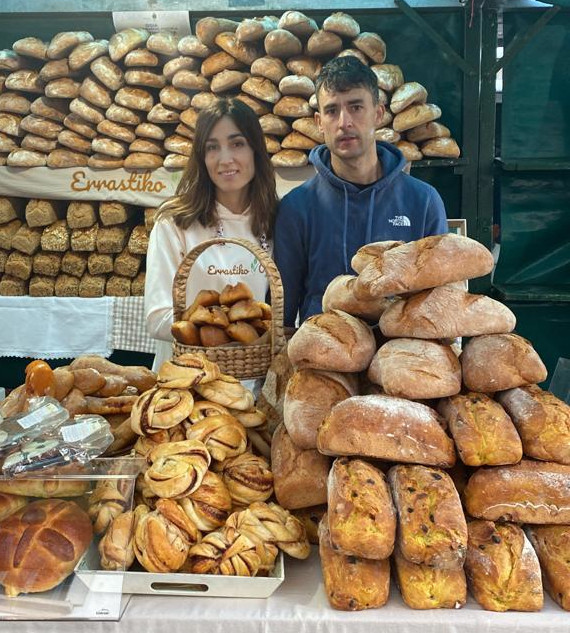Let's take the bitterness spring.
- I do not forget the spring of Rioja Alavesa. For many years I have captured the vineyards of that time in full bloom and it is surprising; the new landscape is short, but in that short period it burns the roof of the eyes and forgets what was there until then.

A plant dominates the flowering: berarakia, bekarkia or berakaia (Eruca vesicaria). The flower has four yellow whitish petals with flat-colored veins. The family was called before Kruzifero, because those four petals have the shape of a cross, and today Brassicaceae, cabbage people, small bereaved people. Don't the Azatarras always appear at the base of beauty and its colors?
It can be called rocket science. It is the great-grandmother of vegetables, which today is known with this name, and it comes from the name given to her by those who ate thousands of years ago, both the rocket and Eruca herself, her family’s gender. Many species are grouped under the name of rocket, all of them edible, although more peculiar. Everyone has a dry bitter point and a spicy one, although it is not too naughty. Although they have not come to us for many years, thousands of years in the Mediterranean area eat them, and they see them as aphrodisiac. What affects us here? This is good news, yes, but in some mother they have formed a very extensive, constantly growing fan brotherhood. I am among them, and in the orchards of our house there is never a lack of rustic.
The best thing for me, the most palpable of its membranous bitter, is the puff pebble (Diplotaxis tenuifolia). One of the most well-known dishes of our table, easy to do and easy to eat, is made with the arugula: take a very finely sawn cecina (the best for me), put in the center a lot of rubies recently wrapped in the vegetable garden and a live and off-white cheese grated or cut in chips, enveloping it as a silbato with cecina… You tell me.
If you get closer to the Mediterranean, you will find, in addition to the puff pebble, the rounded leaf, such as the berarakia itself and the Diplotaxis muralis. All of them are called rocket, one or the other will be offered locally, a species and a variety that has been selected and bred by the culture developed in it. Do not under any circumstances renounce the offer, if you have it or by god. Rocket with thin leaf and mustard (Brassica juncea) or radish leaves (Raphanus raphanistrum), with a hot spot such as horseradish (Armoracia rusticana) and wasabi (Eutrema japonicum) brought to us by the Japanese.
Raw, in broths, rubrics are eaten in many ways, bitter results of the palate and the yoke of the cultures of the earth. It's a family that has tied a lot of hunger, both for the people in the cabbage and for the little one. It is known that the bitterness brings us health, not surprisingly, level the abdomen and awakens joy!








-(1).jpg)
